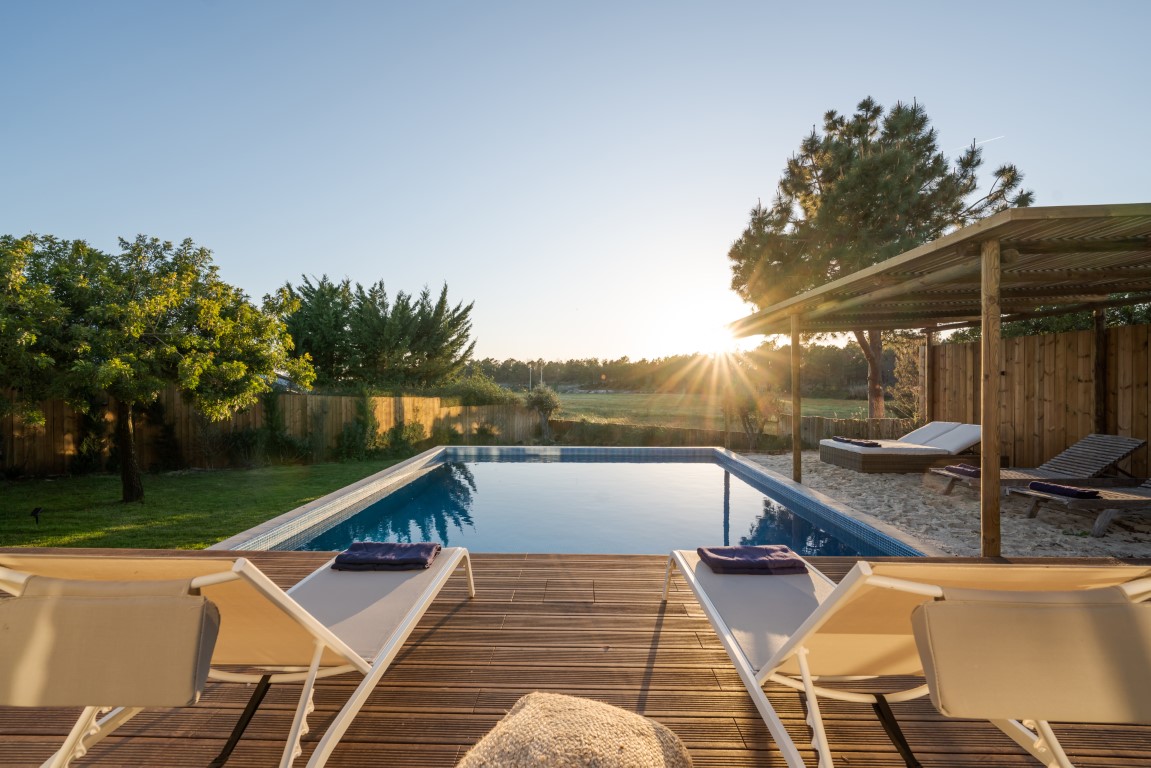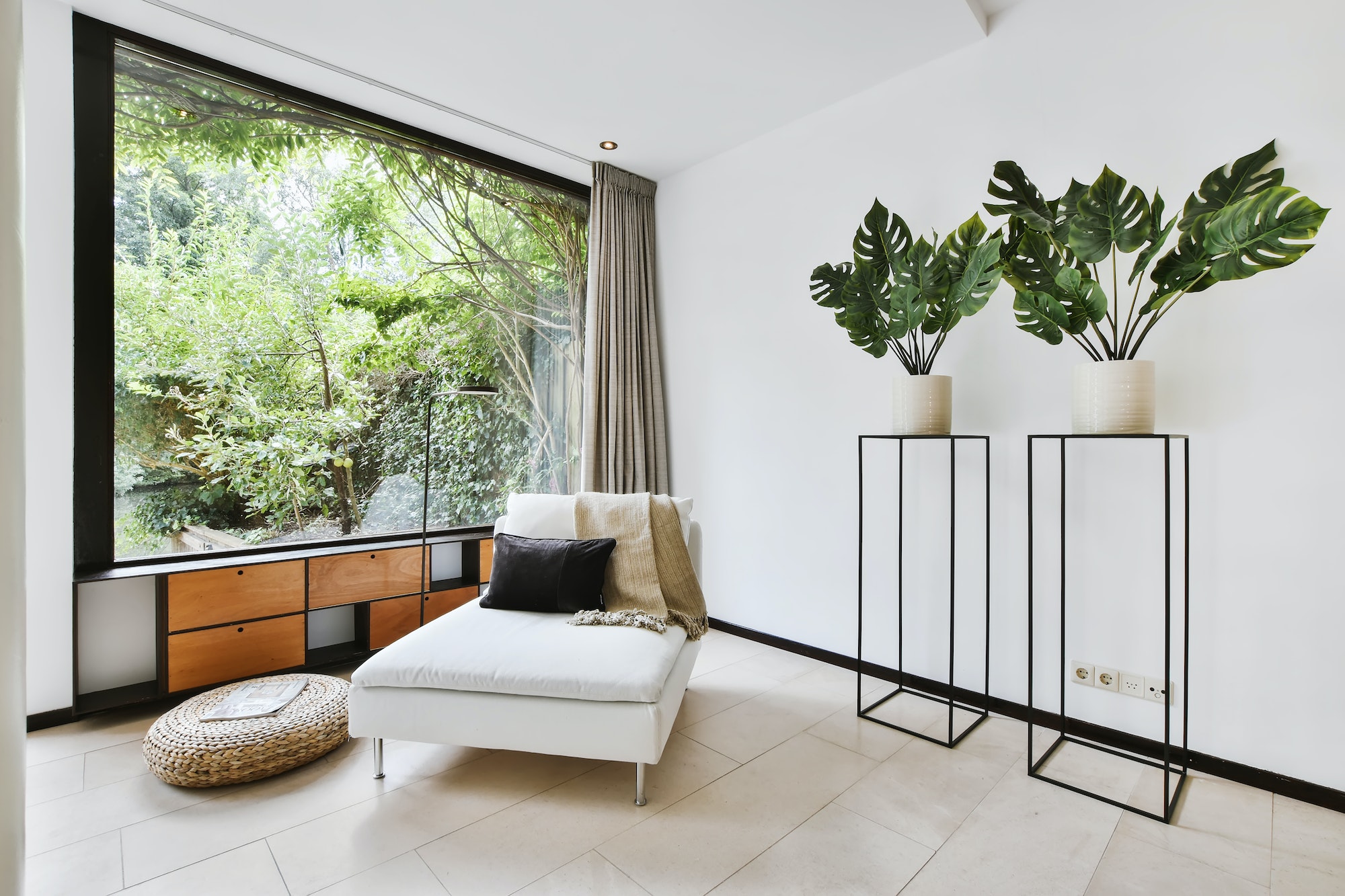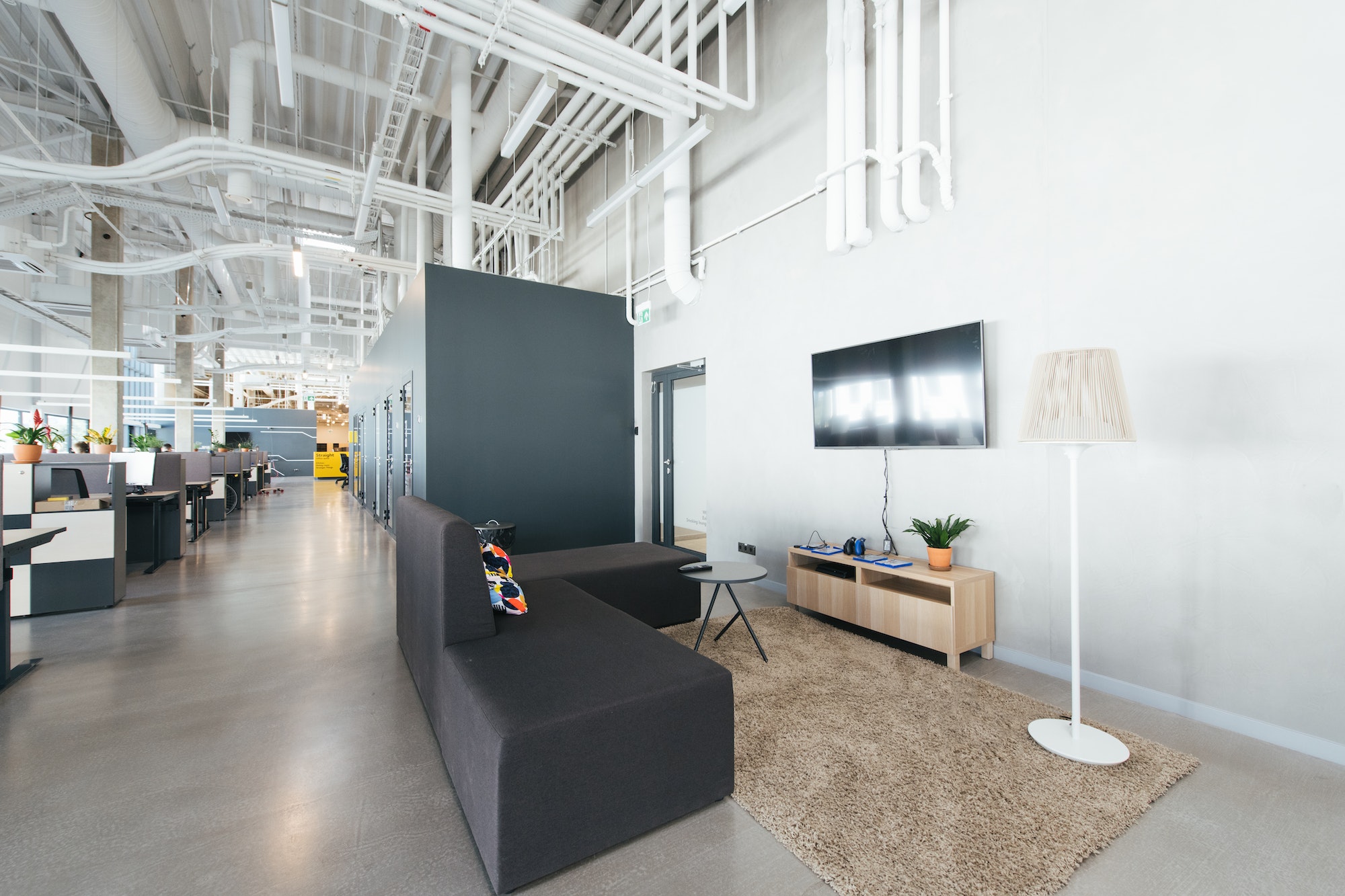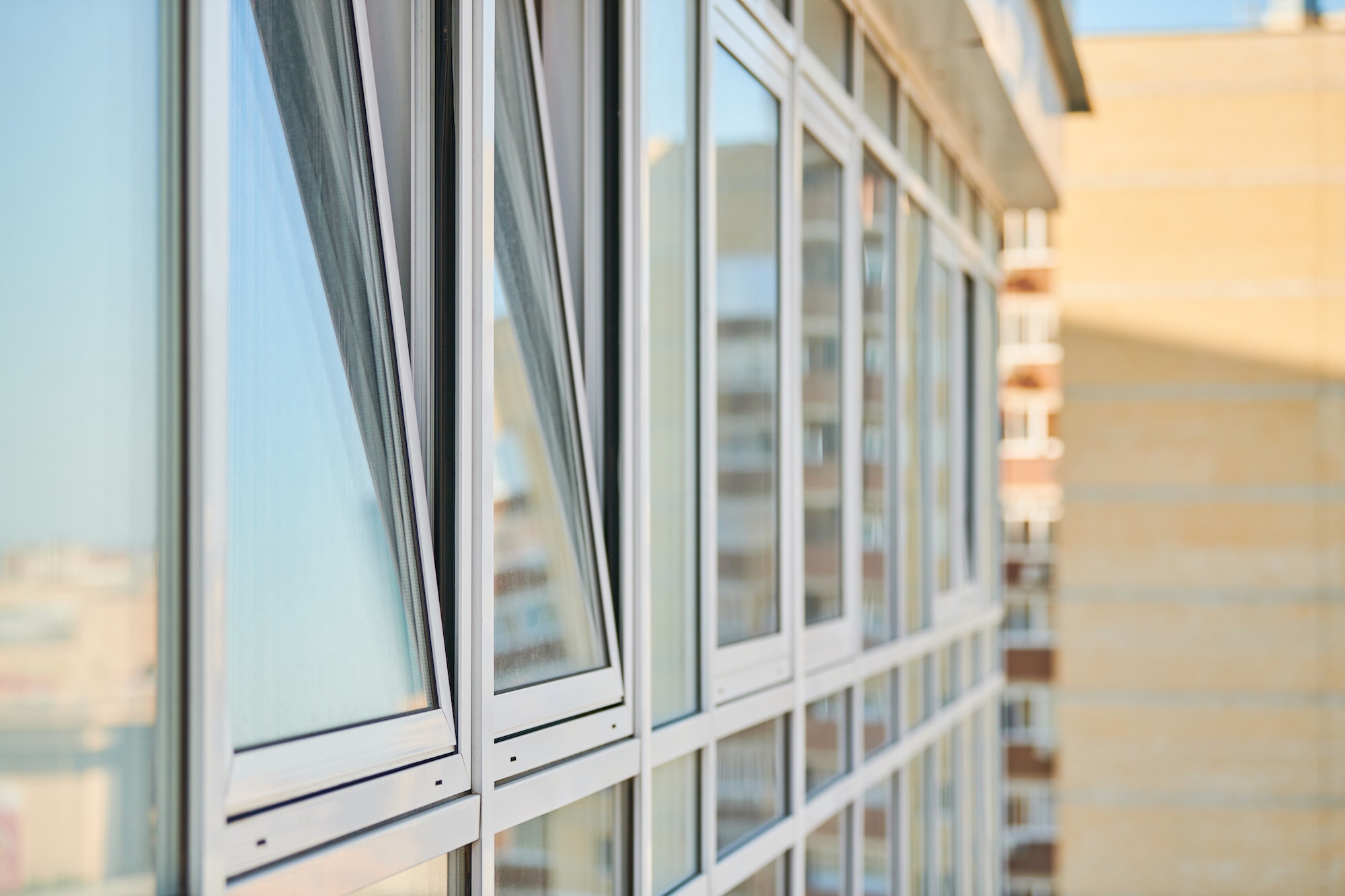Maintaining a swimming pool is akin to keeping a complex machine running smoothly—every part plays a critical role, and timely maintenance can significantly extend your pool’s life and performance. Understanding the lifespan of pool parts and recognizing the signs for replacements can save pool owners time, money, and ensure their backyard oasis remains a source of joy and relaxation. Here’s a comprehensive look at the key components of a pool, their expected lifespans, and tips for recognizing when it’s time for a replacement.
Pool Pump
Lifespan: 8-12 years
The heart of your pool’s circulation system, the pump, is pivotal for keeping water clean and healthy. Signs of wear include loud noises, decreased water flow, or complete failure to start. Regular maintenance can extend its life, but if these signs appear, consider an upgrade to a more energy-efficient model.
Pool Filter
Lifespan: Sand Filters (5-7 years), Cartridge Filters (2-3 years for the cartridge), DE Filters (5-10 years)
The filter is crucial for removing debris and keeping your pool water clear. Sand filters might require new sand every 5 years, while DE (Diatomaceous Earth) filters need fresh DE powder after backwashing. Cartridge filters show signs of wear through decreased filtration efficiency and increased pressure. Look for cracks, tears, or high PSI readings as indicators for replacement.
Pool Heater
Lifespan: Gas Heaters (5-10 years), Electric Heat Pumps (10-15 years)
Heaters extend the swimming season by keeping water at a comfortable temperature. Corrosion, inefficiency, and failure to heat are common signs of wear. Regular servicing can prolong life, but a significant drop in performance might necessitate a new unit.
Pool Liner
Lifespan: Vinyl Liners (5-9 years)
Vinyl liners are prone to fading, stretching, and tearing. Signs you need a replacement include leaks, noticeable fading, and wrinkles. Keeping water chemistry balanced can extend the life of a liner, but environmental factors and usage patterns often dictate lifespan.
Pool Lights
Lifespan: LED (15-20 years), Traditional (5-7 years)
Pool lights enhance safety and aesthetics. LED lights offer a longer lifespan and are more energy-efficient than traditional bulbs. Water intrusion and dimming are signs it’s time for a replacement.
Pool Skimmer and Returns
Lifespan: 5-10 years
Skimmers and return jets can suffer from cracks due to weathering or improper water chemistry. Signs include visible damage or reduced water flow. Replacement is straightforward but essential for maintaining water circulation and quality.
Automatic Pool Cleaner
Lifespan: 3-5 years
Robotic cleaners and other automatic systems reduce the manual labor of pool cleaning. Wear signs include loss of suction, movement issues, or inefficiency in cleaning. Regular maintenance can extend life, but mechanical failures often require replacement.
Diving Boards and Slides
Lifespan: 10-15 years
Wear and tear from use and sun exposure can affect diving boards and slides. Signs of needed replacement include cracks, surface wear, or instability. Safety should be the priority when deciding to replace these components.
Regular maintenance and timely replacement of pool parts are crucial for the longevity and safety of your swimming pool. By staying informed about the expected lifespan of each component and recognizing the signs of wear, pool owners can ensure their pools remain in top condition for years to come. Always consult with a pool professional when unsure about the condition of your pool’s components or when considering upgrades to more energy-efficient or advanced equipment.
Discover more from Futurist Architecture
Subscribe to get the latest posts sent to your email.




